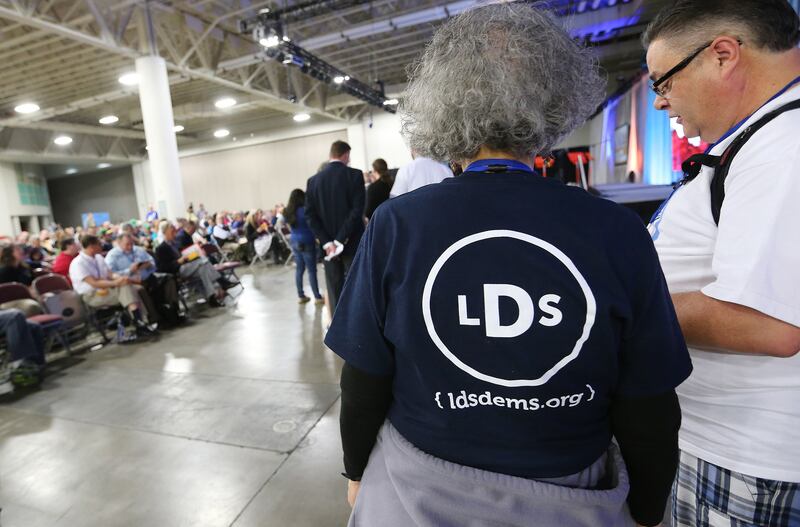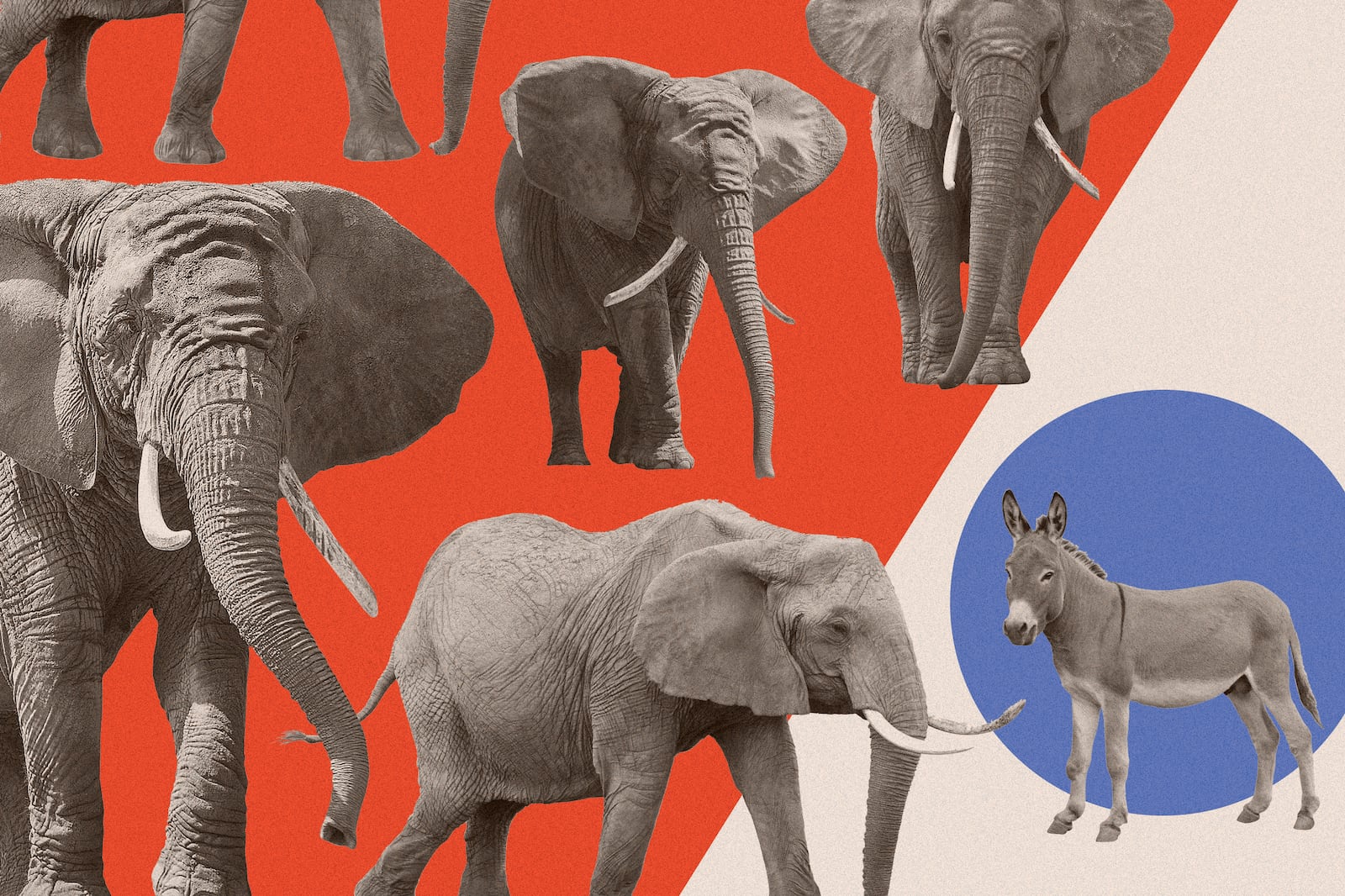Last December, as then-President-elect Joe Biden was preparing to take office, a group of Latter-day Saint Democrats sent a letter to his transition team asking them to hire some of their own in his forthcoming administration.
“We circulated a letter reminding the Biden transition team of, hey, Latter-day Saints have done a lot of work, we’re here, continue to cultivate us, put us in your administration,” said Rob Taber, co-chairman of Latter-day Saint Democrats and former national director for Latter-day Saints for Biden-Harris.
The group never heard back from the Office of Presidential Personnel, and as far as they’re aware, the only Latter-day Saint appointment in the administration thus far has been Thomas Griffith, a recently retired federal D.C. Circuit Court of Appeals judge, and a George W. Bush nominee, whom Biden named to his Presidential Commission on the Supreme Court of the United States.
“Hopefully, we’ll see what happens after redistricting in Utah, that we can get a Democratic congressperson in Utah or maybe somewhere else moving forward, but it is a real issue of just cultivating the next generation of Latter-day Saint politicos,” Taber said.

The bottleneck
The number of young Latter-day Saint Democratic voters is on the rise. In 2007, nearly 70% of Latter-day Saints ages 18 to 29 identified as Republicans, the highest level of affiliation of any age group at the time, according to Pew, while in 2020, young Latter-day Saints were among those who voted for Biden in large numbers. The Cooperative Election Study found 47.5% of those ages 18 to 39 voted Biden-Harris.
Despite the increase in Democratic support at the polls, the number of job opportunities and Latter-day Saint Democrats in elected office hasn’t kept pace. It’s a bottleneck that could have repercussions years down the road, though the struggle for these left-of-center church members hoping to break into politics isn’t new.
Finding mentors and opportunities wasn’t easy for Steve Pierce, a senior director at the progressive public affairs agency Bully Pulpit Interactive. Pierce — who I first met in college — was a recent graduate looking for work in D.C. a decade ago. After sending out dozens of resumes without so much as an email rejection or call back, he attended a “Beyond BYU” networking event at the Capitol that at first seemed to be a bust.
“I’m doing the networking thing and talking to all these people, meeting people, I’ve got my stack of homemade business cards made on my personal printer, and you know, it wasn’t super helpful because everybody I talked to was Republican, every single person,” he said.
As the event was wrapping up, though, a Republican from his local congregation flagged a Democratic woman who was leaving. She had no connection to BYU. “She just so happened, for whatever random reason, to be at that event at that particular time,” Pierce said.
He sprinted up to her before she left to ask if she knew of any leads. The woman eventually connected him with his first job in Washington, working as an opposition researcher for the Democratic Congressional Campaign Committee, which works to elect Democrats to the U.S. House.
“That story is a uniquely Mormon Democratic story,” Pierce said. “Because if you’re a Mormon Republican ... those networks and that infrastructure (exists) to help you break into the city and navigate this very strange place, and it works differently than everywhere else in America.”
For Democrats, it’s much different.
“You have to rely on acts of God, in some ways, to make it,” he said. “And that was hard. I got lucky.”
Scarce opportunities
Competition among Latter-day Saint Democrats can be fierce when competing for jobs in Latter-day Saint Democratic lawmakers’ offices, since they’re so far and few between. Today, they’re nonexistent; all nine church members in Congress right now are Republicans.
Former Rep. Ben McAdams is the most recent Latter-day Saint Democrat to serve in the House, from 2019 until January, when he represented Utah’s 4th District.
“People are feeling the loss on the Hill of an active Democrat in D.C.,” McAdams said. “I had a lot of people who would come to me looking to form that connection, and I was always willing and eager to be a hub of those connections.”
Washington is a city built on networking, and getting noticed for a job when your resume is just one in an impossibly tall stack can often require knowing someone who can put in a good word. While Latter-day Saint Democrats’ social and religious network is smaller than their Republican counterparts for now, McAdams said would-be progressive political professionals can offset that by seeking out internships with state and local elected officials and working with people outside their immediate network.
“Here in Utah, we continue to reach out and to be a place where people can build relationships as they get engaged politically,” said McAdams, who told Deseret News he’s not ruling out another run for office after losing last year to Republican Burgess Owens.
“There are good people who are not of our faith who are serving in elected office, and I would encourage people to get involved in campaigns or internships or working for elected officials,” he said.
For Pierce, the agency senior director, building a better talent pipeline could mean scholarships, fellowships or more formalized mentoring.
“I think it is incumbent upon us to start to figure out how do we build the infrastructure and the formalized networks to help these young Democrats who want to break in and make a career out of politics,” he said. “How can we do more to lift up the generation that comes behind us?”

